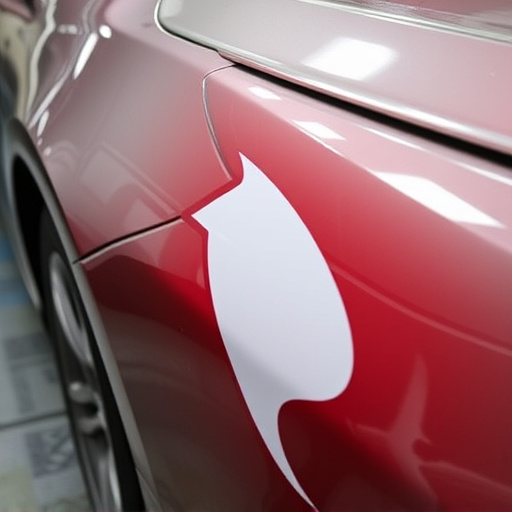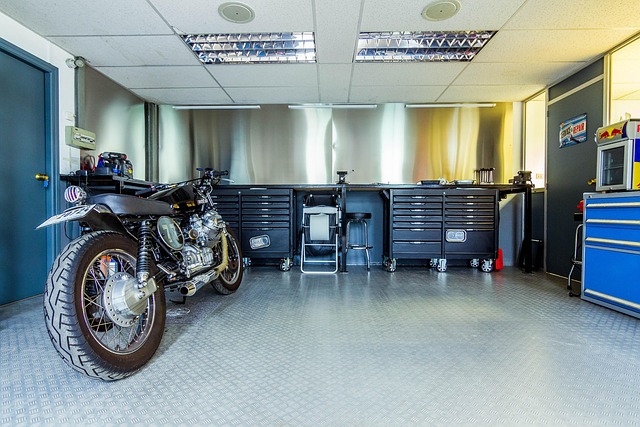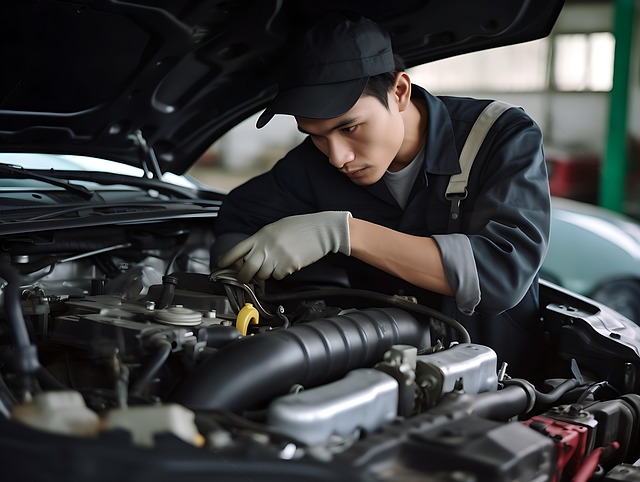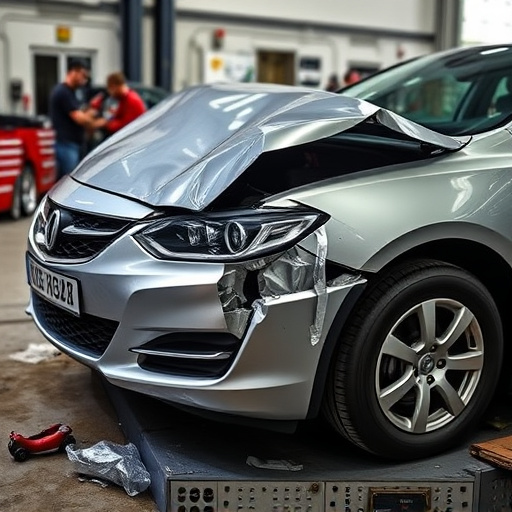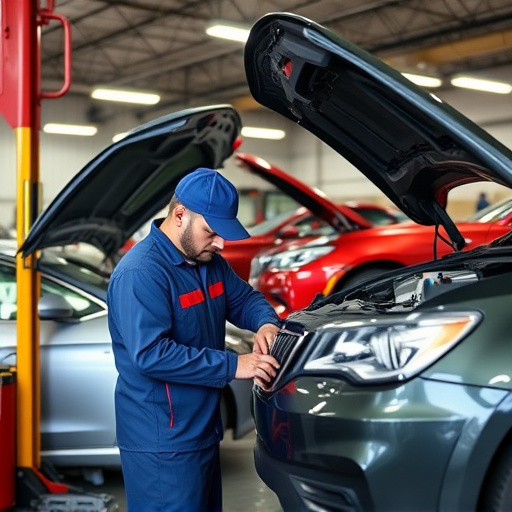Auto body moldings are vital components enhancing vehicle aerodynamics, reducing drag, and improving fuel efficiency by smoothly directing airflow. Their maintenance is critical for both performance and structural integrity, especially at high speeds or during unexpected driving conditions. Modern advancements in auto body work leverage advanced materials and precise engineering to create sophisticated molding solutions that balance aesthetics with sustainability and performance, contributing to the future of efficient and stylish vehicles.
Auto body moldings, beyond enhancing aesthetic appeal, play a pivotal role in optimizing vehicle performance. These components are integral to a car’s aerodynamics, influencing fuel efficiency and overall driving experience. By understanding the intricate relationship between their design, shape, and airflow, automakers can unlock significant energy savings. This article delves into the science behind auto body moldings, exploring how they contribute to better aerodynamics and increased fuel efficiency while shedding light on future innovations set to revolutionize automotive design for enhanced performance and sustainability.
- Understanding Auto Body Moldings: The Role in Aerodynamics
- Impact on Fuel Efficiency: How Design and Shape Make a Difference
- Future of Automotive Design: Innovations in Body Moldings for Efficiency and Performance
Understanding Auto Body Moldings: The Role in Aerodynamics

Auto body moldings play a pivotal role in enhancing a vehicle’s aerodynamics. These precision-engineered components are designed to streamline the car’s exterior, reducing drag and improving fuel efficiency. By smoothly transitioning air around the vehicle, auto body moldings help maintain optimal airflow, which can significantly decrease resistance against motion. This is particularly important for high-speed driving conditions, where even minor drag reductions can translate to notable improvements in fuel economy.
In the realm of auto repair services, understanding and optimizing auto body moldings are crucial components of not just enhancing performance but also ensuring structural integrity. Auto frame repair specialists recognize that these moldings contribute to a car’s overall stability and safety, especially at high speeds or during unexpected maneuvers. Properly maintaining and repairing auto body moldings is therefore integral to keeping vehicles in peak aerodynamic condition.
Impact on Fuel Efficiency: How Design and Shape Make a Difference

Auto body moldings play a significant role in enhancing a vehicle’s aerodynamics, which directly impacts fuel efficiency. The design and shape of these components are crucial in reducing drag and optimizing air flow around the car. Streamlined moldings can help minimize turbulence, enabling the car to glide more efficiently through the air. This, in turn, translates to better fuel economy, as less energy is required to move the vehicle forward.
For instance, curved or smoothly transitioning moldings can guide airflow over the body, preventing it from becoming trapped or disrupted. This effect is particularly noticeable on modern vehicles designed for improved aerodynamics. By understanding these principles, auto body shops offering services like frame straightening and car body restoration can employ tailored molding solutions to enhance fuel efficiency without compromising on aesthetics.
Future of Automotive Design: Innovations in Body Moldings for Efficiency and Performance

The future of automotive design is heavily influenced by the ongoing pursuit of enhanced efficiency and improved performance. Auto body moldings play a pivotal role in achieving these goals, as they are no longer merely aesthetic features but essential components that significantly impact a vehicle’s aerodynamic properties. Innovations in auto body work are pushing the boundaries of what’s possible, leading to more streamlined designs that reduce drag and optimize fuel efficiency.
These advancements extend beyond the traditional collision center services and car bodywork repairs. Modern auto body moldings are crafted with advanced materials and engineered for precision fitting, ensuring they seamlessly integrate into a vehicle’s overall design. As the industry continues to evolve, we can expect even more sophisticated solutions that not only enhance aesthetics but also contribute to the overall sustainability and performance of automobiles.
Auto body moldings play a pivotal role in enhancing both aerodynamics and fuel efficiency. By meticulously designing these components, engineers can reduce drag, optimize airflow, and significantly improve a vehicle’s performance. Looking ahead, the future of automotive design is poised to revolutionize further with innovative moldings that not only meet environmental standards but also contribute to safer, more efficient driving experiences. These advancements in auto body moldings are set to become a game-changer for the industry, ensuring smoother rides and better fuel economy on today’s roads.
